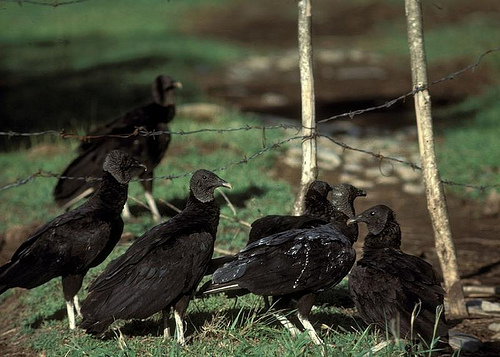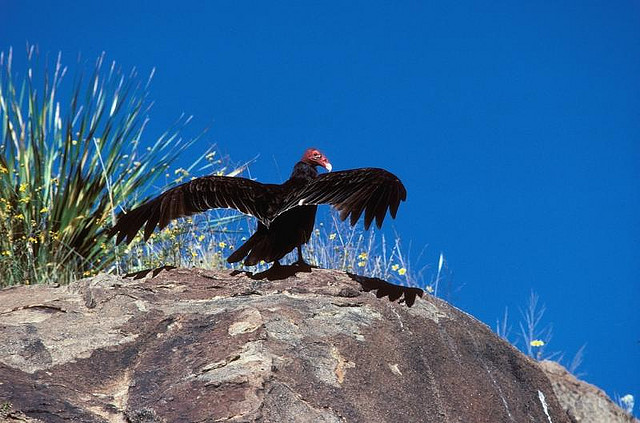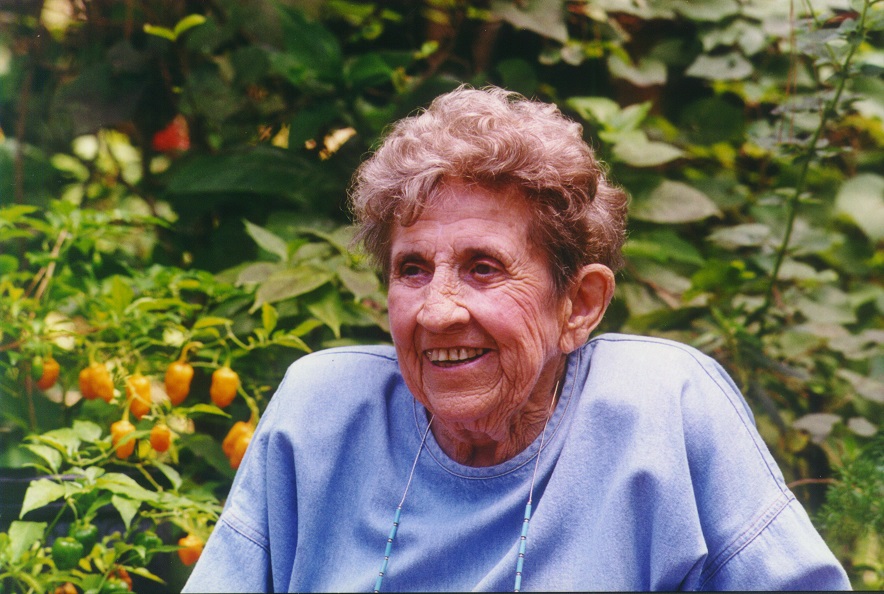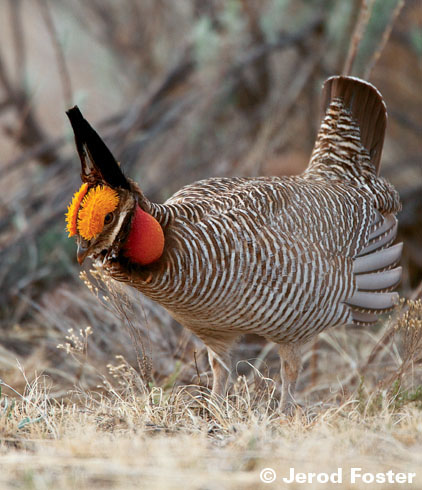Vultures: Nature’s Clean Up Crew
Tuesday, June 16th, 2015
Black vultures (shown) use their sense of sight to find their meals,
whereas turkey vultures use their sense of smell.
This is Passport to Texas
Vultures get a bad rap: maybe it’s because they aren’t “pretty birds”, or because they eat road kill. Texas Parks and Wildlife non-
game Ornithologist, Cliff Shackelford, says they deserve our respect as they are a helpful, interesting species.
15-Vultures have a role to play, what we call “ecosystem services”. These are benefits to us; it’s unfortunate that our
cars hit animals, but think about what’s left behind. The vultures are cleaning up all the mess and we have to commend
them for that.
How do vultures eat decaying carcasses and not get sick?
08- Vultures don’t get sick because they have certain bacteria and other flora in their guts that help them break down these
carcasses.
Although a migratory species, vultures live year-round in Texas. When road kill freezes up north, those vultures
travel south.
10- Because of our location, we not only host a lot more vultures in the winter season, we see a lot more passing
through in the spring and fall migration.
Vultures are social birds and roost together, preferring tall structures that allow an easy entrance and exit.
09-They like cell phone towers, rocky outcrops and ridges, an old tree that’s standing up really high. They like the tallest roof
in the area.
Yet, they nest on the ground under fallen trees, and are excellent parents. Now that you’re better acquainted, we
hope you’ll view vultures in a new light.
For Texas Parks and Wildlife…I’m Cecilia Nasti.






 Passport to Texas is a
Passport to Texas is a  Passport to Texas is made available by:
Passport to Texas is made available by: